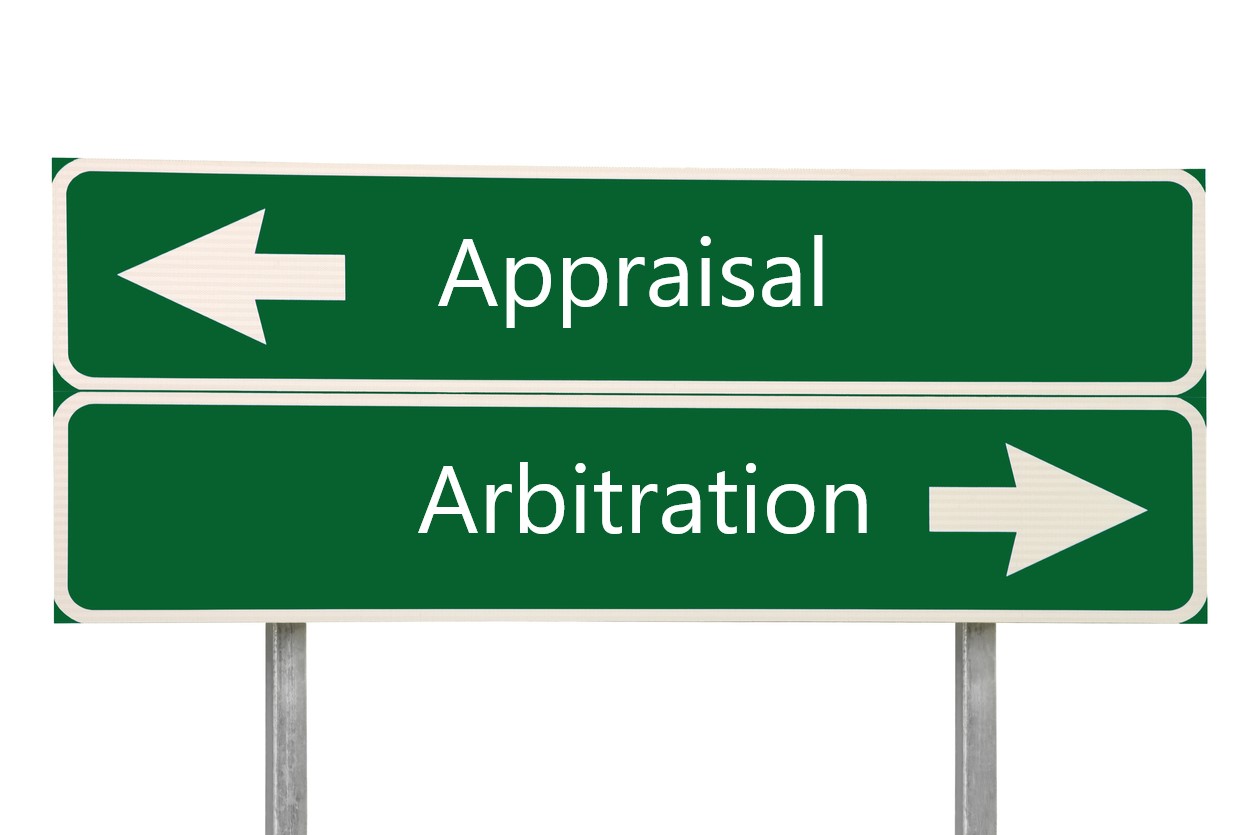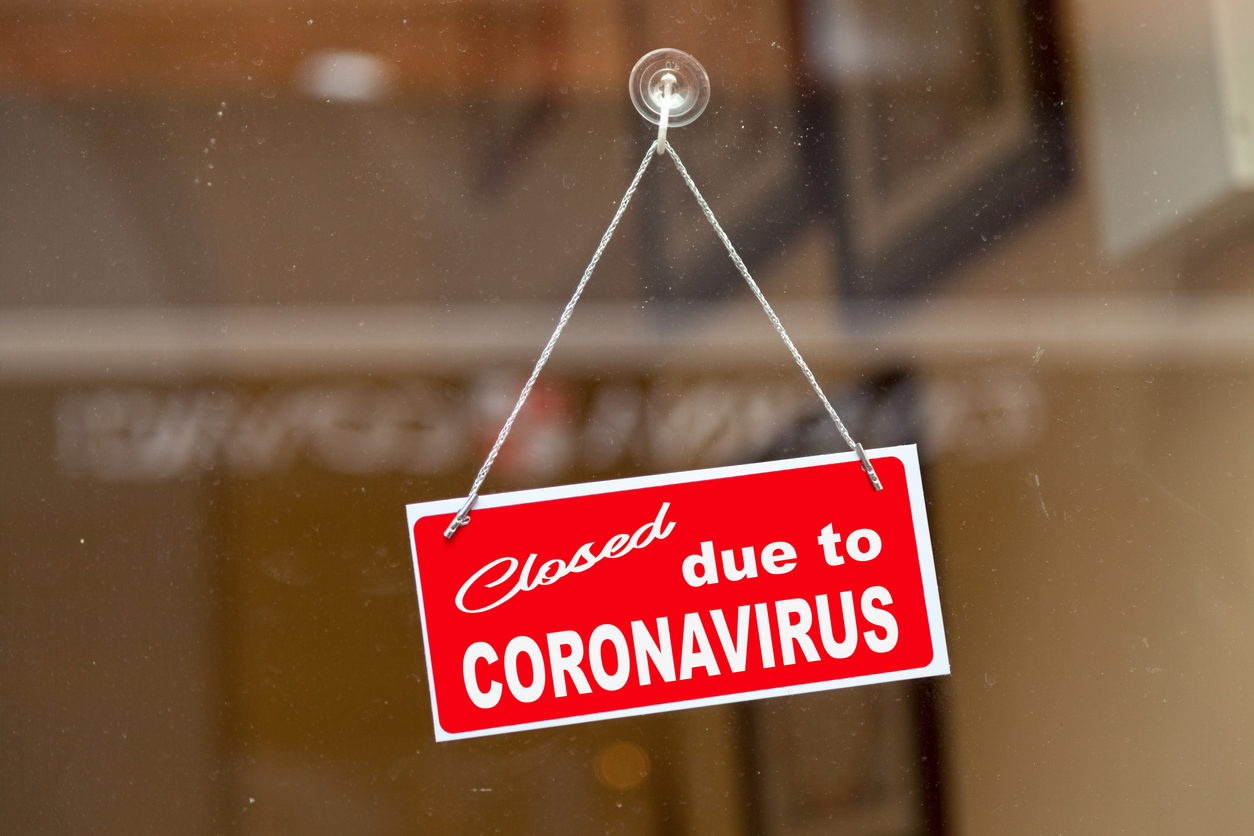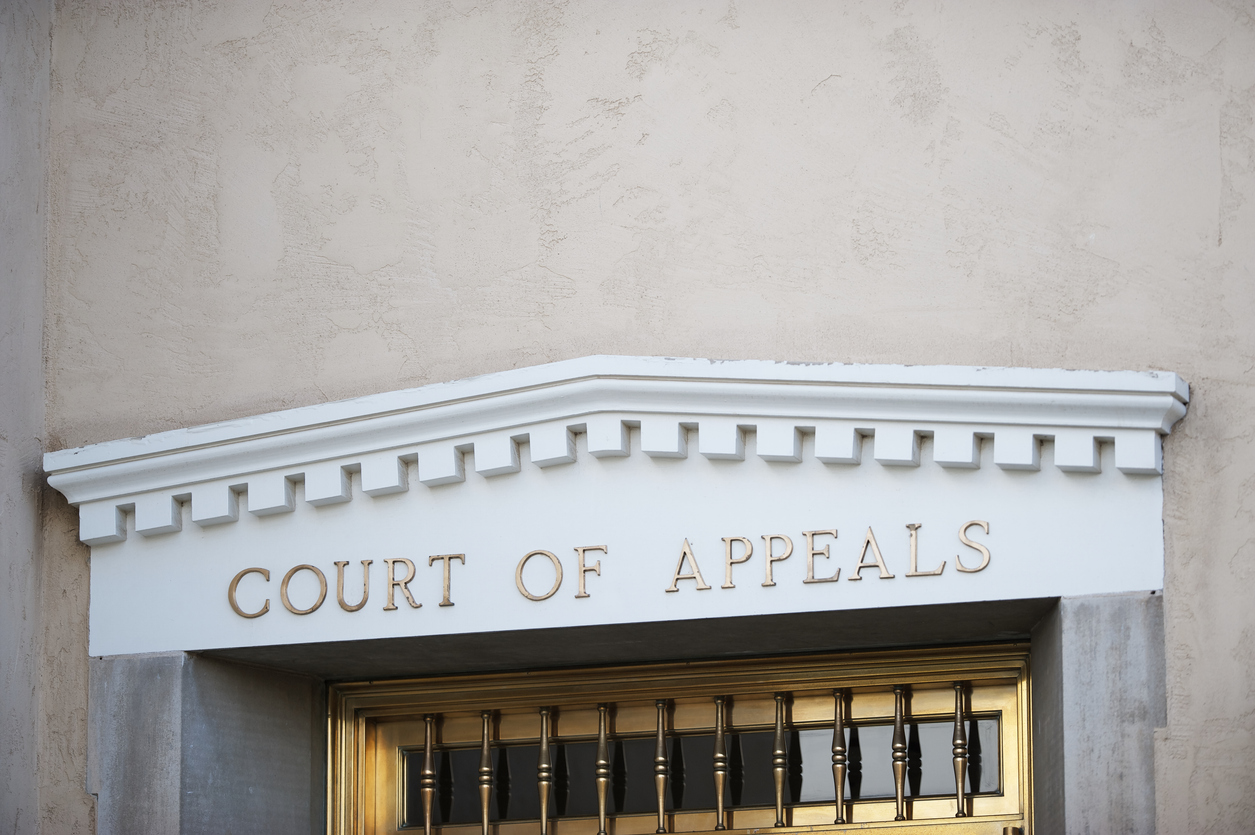Nicole Vinson, my colleague in our Tampa office, has been working on some interesting cases in North Carolina. In continuing with the series on total loss standards, I noticed that the state of North Carolina has yet to be addressed. So this week we turn our attention to North Carolina.
Based upon my research, North Carolina does not have a bright line definition of “total loss” as it relates to property damage claims. As we know, historically most total loss situations arose in fire losses. In North Carolina, fire policies are subject to the following statutory provisions:
Limit of liability on total loss. Subject to the provisions of G.S. 58-158, when buildings insured against loss by fire and situated within the State are totally destroyed by fire, the company is not liable beyond the actual cash value of the insured property at the time of the loss or damage; and if it appears that the insured has paid a premium in excess of the actual value, he shall be reimbursed the proportionate excess premium paid on the difference between the amount named in the policy and the ascertained values, with interest at six per centum (6%) per annum from the date of issue.1
Provided, any fire insurance company authorized to transact business in this State may, by appropriate riders or endorsements or otherwise, provide insurance indemnifying the insured for the difference between the actual value of the insured property at the time any loss or damage occurs, and the amount actually expended to repair, rebuild or replace on the premises described in the policy, or some other location with the State of North Carolina with new materials of like size, kind and quality, such property as has been damaged or destroyed by fire or other perils insured against.2
In the few North Carolina cases I found that discuss total loss, the courts tend to conclude that a dwelling or building is a total loss if the attempt to repair would be impractical. Among the things considered is the “style of the dwelling, the manner and method of construction, the materials used in constructing it, current building methods, and the requirements of electrical and building codes.”3
At the end of the day, depending on how the policy is written, it seems that if the policyholder can substantiate that the actual cash value of the insured property at the time of loss exceeds the amount that would be expended to repair or rebuild the damaged premises, then the property would be deemed a total loss and thereby, enabling the policyholder to recover the policy limit.4
1 G.S. 58-159
2 G.S. 58-158
3 Surratt v. Grain Dealers Mutual Ins. Co., 74 N.C. App. 288 (1985).
4 Edmund v. Fireman’s Fund Ins. Co., 42 N.C. App. 237 (1979).



